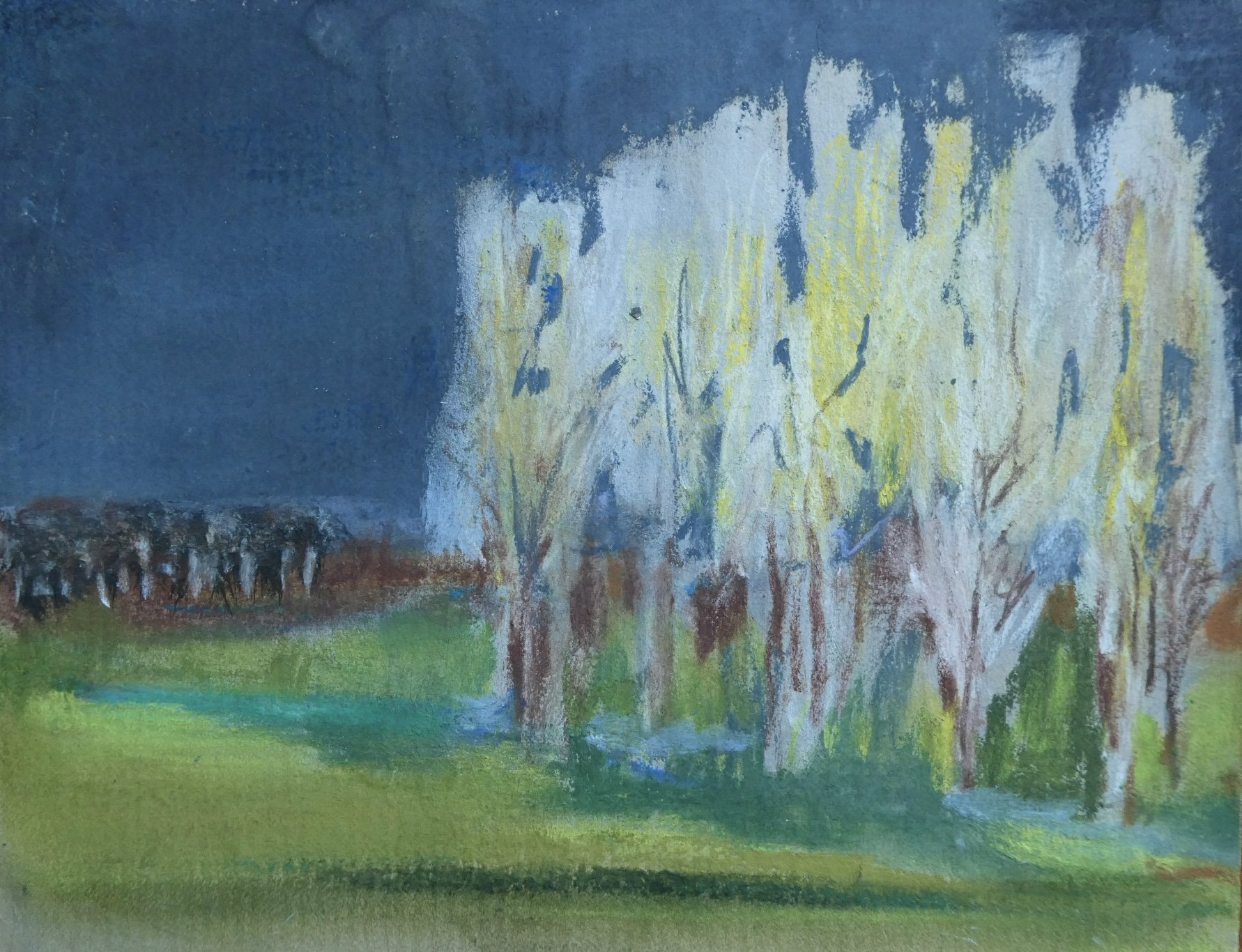HOME - STILLNESS
Landscapes have a stillness. This has to do both with their topography and with our perception of it.
The Via Appia Antica in Rome is still. It is monumentally still because it is a monument: its location in open fields and Roman ruins is monumental. And beyond that, it has been nurtured as a monument. Stones, sarcophagi have been added. Trees were planted. A policy was pursued. History here was bloodshed and expansionism. Now stillness has settled, quiet under pines.
The modest lowlands of Essex are flat, hunkering down under wide skies and stretched over broad horizons. Here, the landscape sinks beneath an accretion of English history spread over waterlogged coastal extremities, checkered fields of wheat and sluggish rivers. It sits calmly. mindless of appreciation. We dig through these layers to find a foothold. We turn stones touched by Roman legions and Celtic tribes. Later, we rejoice in John Betjeman’s “sweet, uneventful countryside.” Stillness here is banked, it is a hedge of memory, collective and private. Stillness stands guard over those memories.
There is a lonely stillness in the forests and lakes around Brussels that belies the city’s situation, its European centrality.. The stillness is both distant and present: we sense the passage of Flemish merchants and of artists for whom fields and windmills were context: but here, as elsewhere, we look for our own story in the quiet and find it under copper beeches bending to whisper with small pools.
Still landscapes tell their own story. They also tell an artist’s story. These are some that I have known, whose stories I wish to tell. Life is peripatetic and changeable. These landscapes have - literally - grounded me, they have become monuments to my search for stillness in the experience of landscape.
“There is no mysterious essence we can call ‘place’. Place is change. It is motion killed by the mind, and preserved in the amber of memory.” J.A. Baker, The Hill of Summer (1969)
